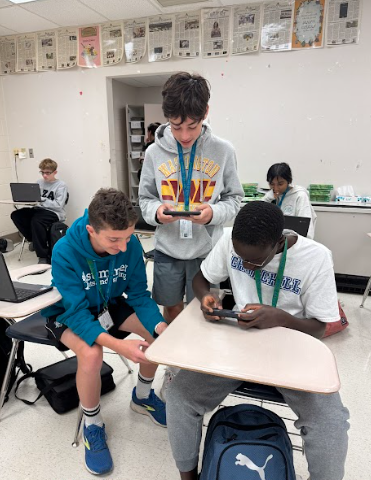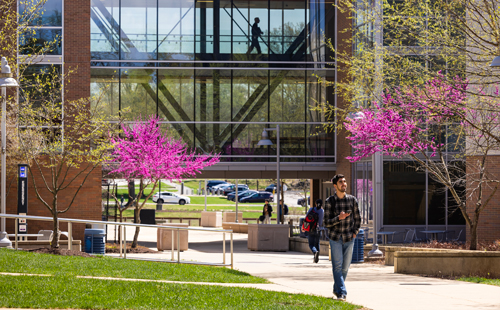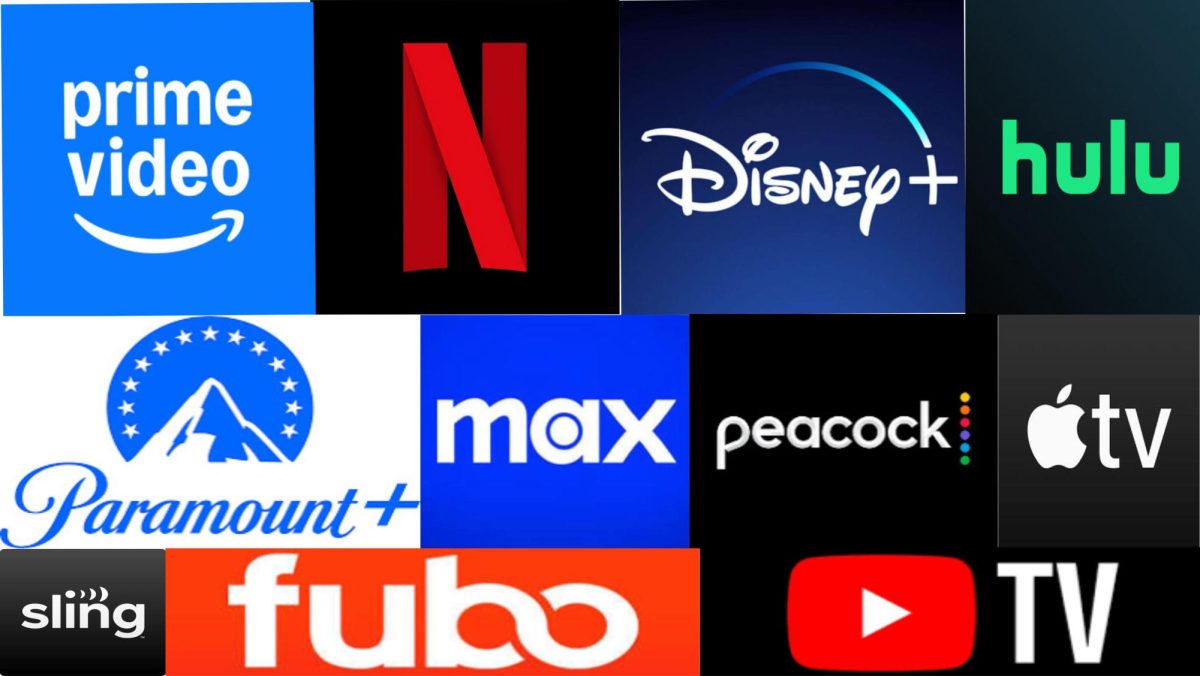
With 83 days before the deadline for Chinese-owned company ByteDance to sell the social media phenomenon TikTok or face a nationwide ban in the United States, millions of the platform’s users are growing increasingly anxious that they could permanently lose access. This has understandably caused an uproar from Gen-Z users who are outraged at the thought of being left without the app. However, in an age of increasing mental health concerns, teenagers should be stepping back from social media.
There is no doubt that social media has played a huge role in the development of Gen-Z and even Gen-Alpha. Beyond a source of entertainment, it provided a basis for communication throughout the pandemic since physical interaction was largely restricted. Nowadays, however, COVID-19 has largely retreated from constant consideration and social media does more harm than good. The effects have been noticed in an impressively short time by experts, especially in regards to teenagers’ mental health and social interactions.
According to a July 2023 survey by Gallup, Americans aged 13-19 spend an average of 4.8 hours on social media per day, the vast majority of which is spent on TikTok, Snapchat and Instagram. Yale Medicine conducted a separate study that found that teens who spent over three hours a day on social media faced twice the risk of depression and anxiety symptoms as opposed to those who did not spend more than three hours.
Social media use should be largely limited by teenagers because of its harmful impact on their ability to pay attention. When teens spend their days scrolling through quick videos or hopping through posts, they are teaching their brains not to focus for extended periods. Instead, they become used to constantly moving between different topics of content. The typical flashing colors, loud sounds and fast feeling of short media train the brain to expect constant changes.
This shortened attention span makes it difficult for teenagers to readjust to the classroom, where focus on a single topic is needed for longer stretches of time. It can also easily hurt their ability to interact in real conversations as they will be tempted to check their phones, wanting the rapid stimulation they know they can get from short content. This easy distraction keeps them from genuine, real-life interactions and further harms their focus in social situations.
Furthermore, social media should be limited in teens’ lives because it makes them susceptible to addiction later in life. In an article by Jefferson Health, combining their own studies with those of the National Institute of Health (NIH), they state that social media has a powerful effect on the brain, creating stimulating effects similar to addiction. This is because once the brain experiences social-media-induced rushes of dopamine and pleasure, the high from social media becomes harder and harder to resist, creating patterns of addictive behavior.
MCPS has enacted new initiatives to address this issue at a local level. The updated Personal Mobile Device (PMD) policy at WCHS, which forbids students from having their phones on them during class, has caused a decrease in students’ screen time on social media since they have no option or temptation to use it during much of the school day. An Observer-conducted survey of WCHS students revealed that they are spending anywhere from 30-70 minutes less on social media now than in the spring.
While some may argue that social media is a helpful tool for social interaction and entertainment, these minor advantages do not justify exposing teenagers to serious mental health effects and long-term bad habits. There is no need to push adolescents toward addiction for a quick laugh or a new dance trend when they can maintain social contact through regular text messages and phone calls.
There are multiple ways to address this issue at different levels. For example, social media apps can require users to provide a valid form of ID when they sign up and automatically place time limit restrictions on those under a certain age. More locally, continuing to restrict cell phone access in school will help train their attention spans to where it is no longer an issue. Nationally, social media could be age-restricted, either with a time limit, content and feature restrictions or even a full-on removal of the option. One thing, however, is for sure: for the sake of all future generations, things can not afford to stay the way they are now.














